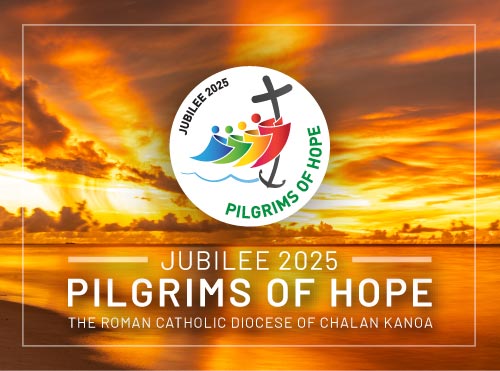MANILA, Philippines (CNS) — Thousands of Filipino Catholics walked in the heat of the sun for about four hours to mark the 400th anniversary of the arrival of the image of Our Lady of Mount Carmel in the Philippines.
People gathered as early as 2 a.m. May 4 to relive the arrival of the image from Mexico in 1618 with the third mission of the Augustinian Recollects.
Several streets in Manila were closed to give way to the “Salubong” and “Traslacion,” literally the “meeting” and “transfer,” respectively, of the image from the Bay of Manila to the Minor Basilica of San Sebastian in Manila’s Quiapo district.
The procession passed through the district to “meet” the image of the Black Nazarene at the basilica. Teary-eyed devotees sang and offered prayers during the re-enactment of the historic arrival of Mary’s image in the city.
The meeting of the images was iconic because aside from simulating the moment when Jesus meets Mary as he carries the cross to his crucifixion, it served to reconnect two statues that had the same origin.
Ysabel de Dios, a tour guide at the basilica, said both images were brought by the Augustinian Recollects from Mexico and were stored in the same church.
While the Our Lady of Mount Carmel image was a gift from Mexican Carmelite nuns to traveling Augustinian missionaries in 1618, the Black Nazarene was created by a Mexican sculptor and believed to have been brought to the Philippines at about the same time.
“The two icons bring droves of people here, and actually catalyzed the transformation of Quiapo from a poor fishing village in 1621 to the center of culture and the arts in 1891,” de Dios said.
The image of the Our Lady of Mount Carmel is a key figure in the annual feast of the Black Nazarene, which attracts millions of devotees from around the country every January.
In his homily during the early morning Mass at the basilica, Archbishop Romulo Valles of Davao urged the faithful to follow Mary’s example to “be joyful in our faith, come what may.”
“She stood at the foot of the cross without words … keeping her faith even in the tragedy of the cross,” the archbishop said.
“Mary always brings us to Jesus. With Mary our recognition, our trust, our confidence in the love and mercy of the Lord are always strengthened,” he added.
The arrival of the image began a devotion that remains popular throughout the country today, as witnessed by the number of Filipinos who continue to wear the distinctive brown scapular, which is associated with Our Lady of Mount Carmel. A growing number of parishes and schools also have been placed under her patronage.





